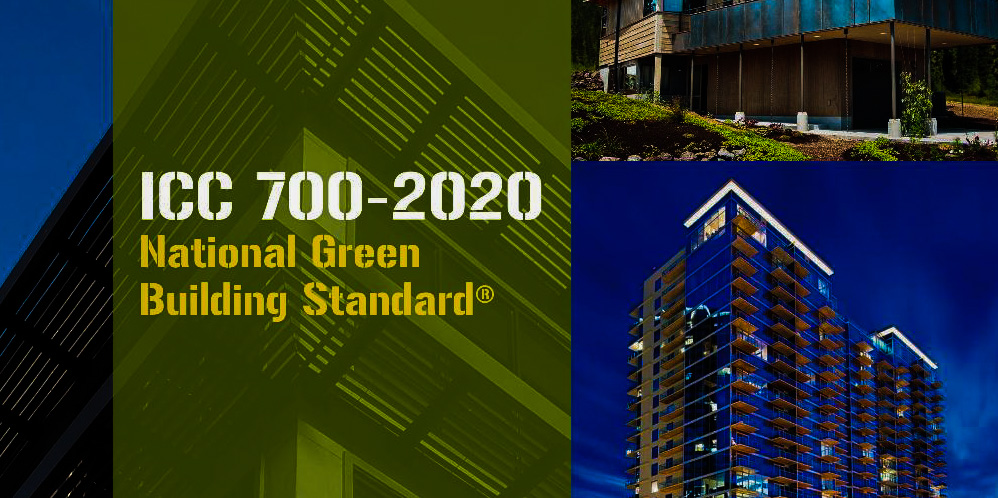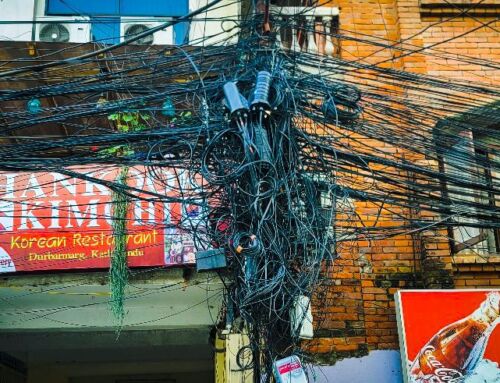View by Topic
Recent Articles
-
Federal Government Finalizes New Efficiency Standards for LightbulbsSaturday, April 13th, 2024
-
2024 IECC is Final After Addressing Preemption IssuesSaturday, April 6th, 2024
-
Settlement Portends Broad Failure in Attempts to Ban Natural GasSaturday, March 30th, 2024
-
SEC Climate Disclosure Rule Stay and Venue Now in the 8th CircuitSaturday, March 23rd, 2024
-
EV Charger Data ApocalypseSaturday, March 16th, 2024
View by Month/Year
“Green Building Law Update” Headlines
Recent Articles & News from
Stuart Kaplow’s blog
at GreenBuildingLawUpdate.com
- Shedding Light on the Future: The Evolution of Lightbulbs in the Wake of New Energy Efficiency Standards April 14, 2024
- 2024 International Energy Conservation Code is Final After Addressing Preemption April 7, 2024
- Settlement Portends Broad Failure in Attempts to Ban Natural Gas March 31, 2024
- SEC Climate Disclosure Rule Stay and Venue Now in the 8th Circuit March 24, 2024
Subscribe to the Green Building Law Update!
Stuart Kaplow brings his expertise and extensive experience to the table with his unique digital publication, "Green Building Law Update". Subscribers receive regular updates to keep them informed about important issues surrounding Environmental Law, Green Building & Real Estate Law, as well as the emerging demand for Environmental Social Governance (ESG).
Get fresh content through the lense of Stuart Kaplow's cutting-edge expertise, innovative commentary and insider perspective. Don't miss another issue! Subscribe below.

The New and Improved 2020 ICC 700 National Green Building Standard
The 2020 version of the ICC 700 National Green Building Standard (NGBS) is now available for free download and public use.
You care about this because the NGBS is the most used green building standard in the United States. As of April 1, 2020, more than 216,000 residential dwellings have been certified to the NGBS through NGBS Green, the third-party certification program administered by Home Innovation Research Labs. And yes, that is more domestic certifications than LEED and Green Globes combined.
Moreover, the NGBS is a uniquely drafted “standard” in that it can be used by any builder for their individual project as a rating system (including obtaining third party certification), or may be adopted by a local government as a residential green building code. And appreciate that the International Green Construction Code incorporates the NGBS as an option for each jurisdiction that single family dwellings or multifamily family dwellings of 4 stories or less comply with the NGBS.
The NGBS applies to the design, construction, alteration, enlargement, and renovation of all residential buildings, residential portions of mixed-use buildings, and mixed-use buildings where the residential portion is greater than 50% of the gross floor area. This NGBS also applies to subdivisions, building sites, building lots, and accessory structures.
The NGBS includes high performance building practices in six areas: Lot Design and Development, Resource Efficiency, Water Efficiency, Energy Efficiency, Indoor Environmental Quality, and Building Operation & Maintenance. There are 4 certification levels, Bronze, Silver, Gold and Emerald, providing options to integrate sustainability and high performance into a project at a level most appropriate for the regulatory environment as well as the customer base in the local housing market.
Replacing the 2015 edition (.. yes, the development process dragged on), this latest NGBS version keeps abreast of new technologies and advances the standard’s role as the industry benchmark for residential green building.
This fourth edition of NGBS continues the collaboration of the International Code Council and the National Association of Home Builders, who took on a leadership role to commission an independent consensus committee of stakeholders charged with the development of this next generation of the NGBS. Home Innovation Research Labs served as secretariat, or administrator, of an ANSI approved standard development process, as it has done in previous iterations. The 2020 NGBS was ANSI approved earlier this year.
First published in 2009, the NGBS provides a pathway by which builders and developers may seek third-party certification of new homes. In addition, builders and consumers whose projects are NGBS compliant satisfy a large number of green building mandates across the country and may be eligible for federal, state or local incentives.
The 2020 edition builds upon years of experience of building and certifying to the NGBS. Significant changes include:
- An expanded scope that now includes compliance for the non-residential portion of mixed-use buildings as long as the residential portion of the building is greater than 50% of gross floor area (previous editions defined criteria only for the residential portion of the project);
- An expanded scope that also includes assisted living facilities, residential board and care facilities, and group homes;
- A new Chapter 12: Certified Compliance Path for Single-Family Homes, Townhomes and Duplexes, that provides a new compliance path customized for single-family dwellings;
- A new water efficiency performance path that demonstrates compliance using an index that generates a score relative to a standard baseline home;
- An option to utilize a phased approach for multifamily remodeling projects;
- A range of updated performance baselines and references;
- And, a substantially revised remodeling chapter that offers a choice of prescriptive or performance compliance paths for energy and water efficiency.
“NGBS continues in its tradition of providing builders with the flexibility and choices in meeting market preferences for green building and staying relevant to our customers,” said NAHB Chairman Dean Mon, a home builder and developer from Shrewsbury, N.J.
“The updated NGBS ICC-700 provides designers, contractors, developers and policy makers with the tools and blueprint for green construction strategies and practices. These tools also aid occupant comfort and health, save money and preserve resources during the design, construction and operation of buildings,” said Code Council Chief Executive Officer Dominic Sims, CBO.
At a time when sequels every few years are “out” and sequels every 30 years are “in” the few year development process of the 2020 NGBS predated the coronavirus pandemic and there is already pressure for an update as consumer priorities are shifting away from tradition energy and resource efficient green matters toward health concerns.
All of that observed, there is no way of getting around that the NGBS has been and remains the most used green building standard in the United States. You should read the new document.
A free download of the ICC 700-2020 National Green Building Standard is available here.









